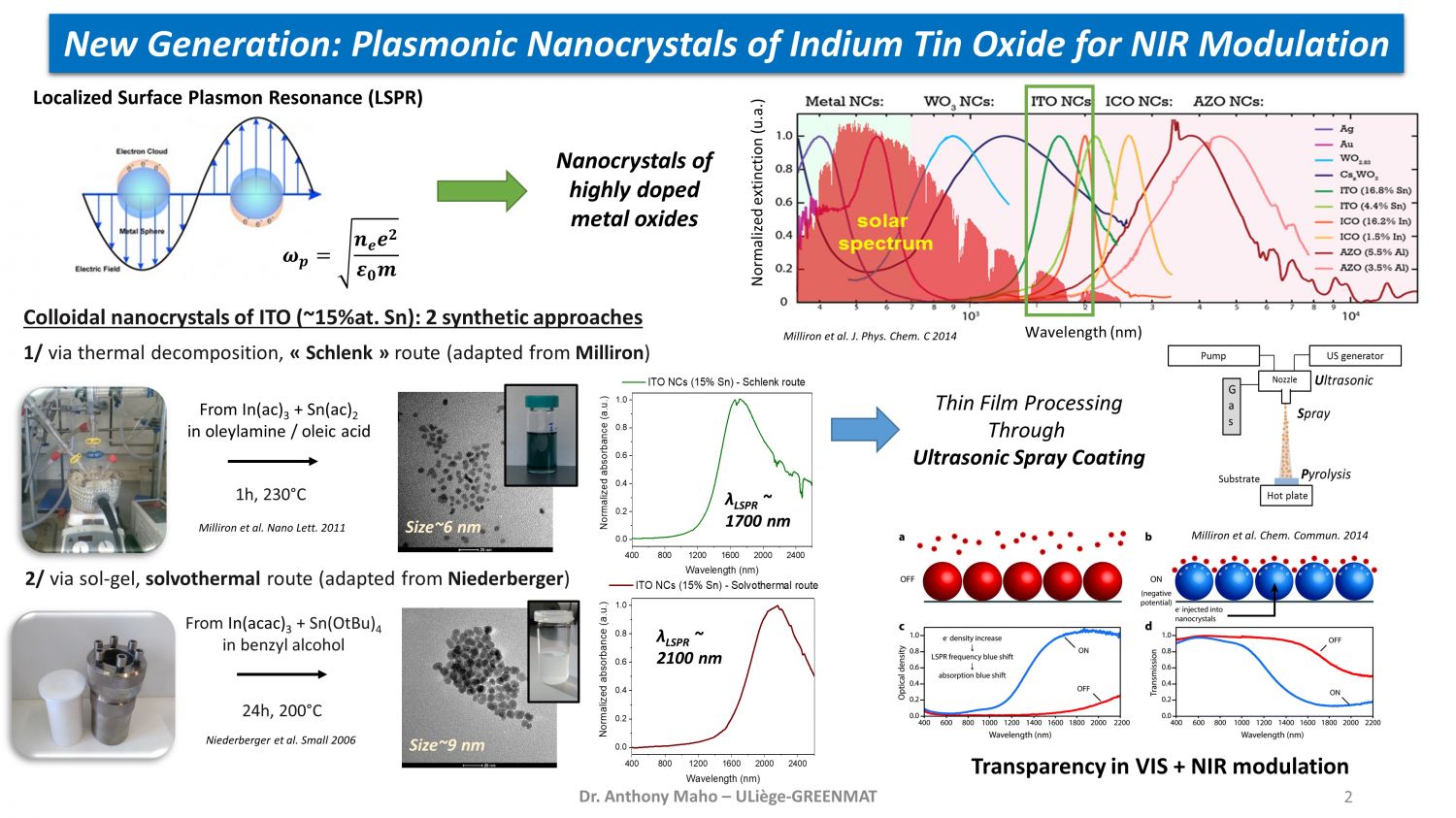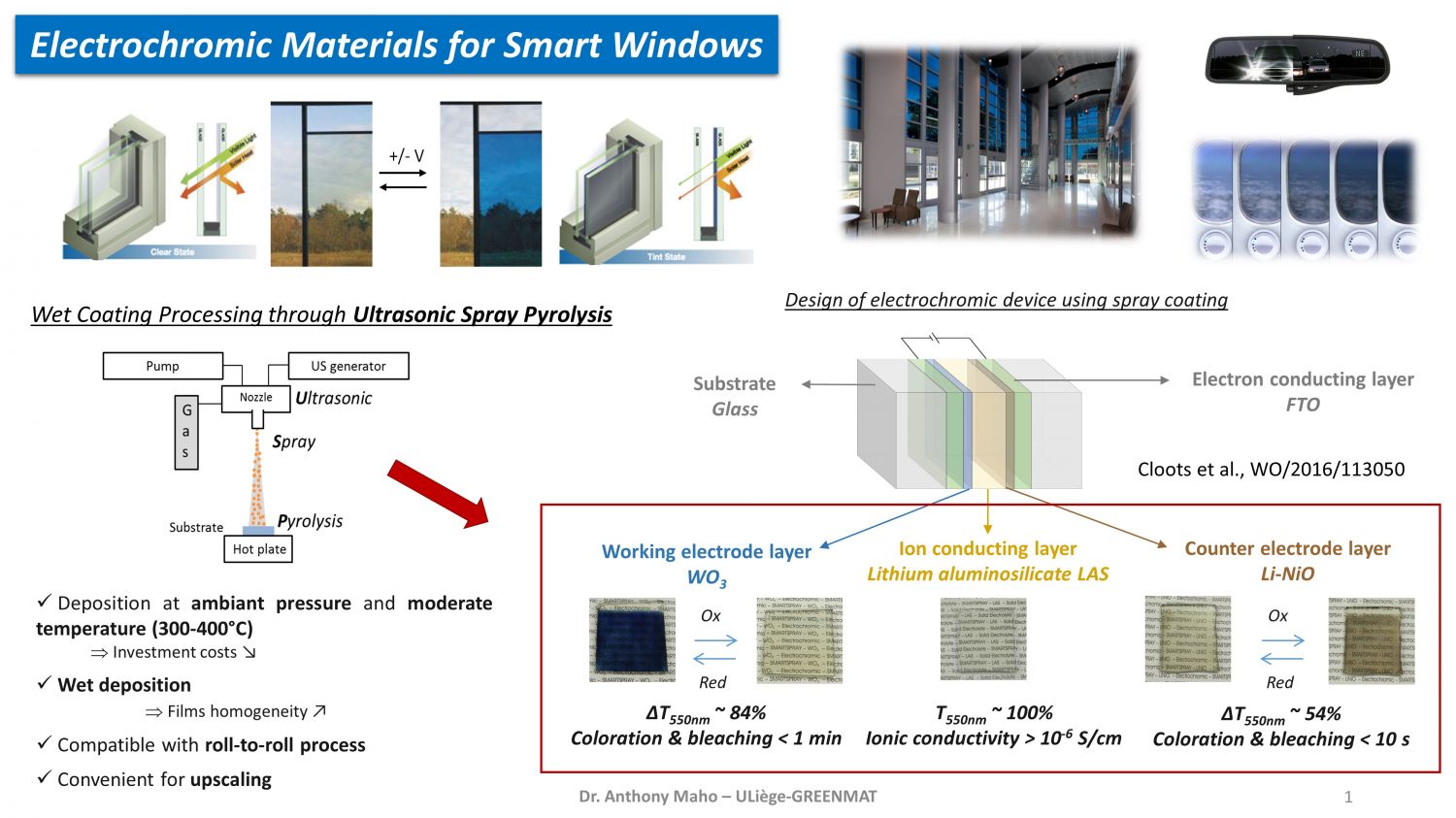New Sulfides / Oxysulfides Materials for High
Energy Density Batteries
Contacts : Tristan.Barbier@ensicaen.fr — Valerie.Pralong@ensicaen.fr
Project description
There are, for the first time ever, more active mobile devices in the world than there are people.
Nearly all of them are powered by rechargeable lithium-ion batteries, which are the single most important component enabling the portable electronics revolution of the past few decades. Thus, in order to improve the energy storage efficiency (power and capacity) while providing doable solutions to manufacturers together with safety devices for users, it is essential to discover new chemically stable materials (which can be cycled a multitude of times), inexpensive, non-toxic and above all, able to store high energy densities. Ideally, these materials should have good thermal stability as well as structures where the cation insertion/disinsertion (Li, Na but also Mg and Ca) can easily be intercalated.
Thus, all of these mobile devices depent on ionic conductor materials that are used either as electrode or electrolyte materials. Through this PhD call, we are proposing to explore and characterize new framework in the system A-M-S/O where A is an alkalin ion and M a transition element, in order to meet these tight requirements.
Objective
Thus, the first objective will be to discover new bulk nanostructured affordable sulfide / oxysulfide compounds, as electrode materials, which exhibit a tunneled (spinel, olivine, Kagome network) or a layered (CdI2, MoS2 type) structure in order to obtain original structures with ionic conduction and/or good electrochemical activities. Based on the well-known strengths of the CRISMAT lab regarding oxides and chalcogens syntheses and characterizations, we are proposing the exploration of some new cathode materials which were never studied so far. In order to control the size and morphology of the synthesized compounds, soft chemistry techniques (sol-gel, solvothermal, and so on) will be favored. Then, once the most promising composition synthesized, bulk materials optimization will be carried out through substitution/doping and or texturisation. Indeed, the texture control in polycrystalline materials is promising because it can improve the electrochemical properties, equivalent to those of single crystals, from raw powder. While performing these studies, special attention will be carried out on cutting-edge characterizations such as Pair Distribution Function (PDF). This technique is complementary to the well-known Rietveld method of refining diffraction data in Q-space which provides a space-time averaged picture of the sample’s structure. The Pair Distribution Function (PDF) will be determined first from laboratory diffractometer before accurate data acquisitions on synchrotron or neutron diffraction data (large facilities : ILL - France, ISIS/DIAMOND - UK)
Job description
The PhD candidate will need to have a significant background in ceramics synthesis and characterization (structural and electrochimical), preferentially with a degree in chemical and electrochemical engineering.
The PhD student will mainly work at CRISMAT lab, in CAEN (France) under the supervions of Dr Valerie Pralong and Dr Tristan Barbier.









